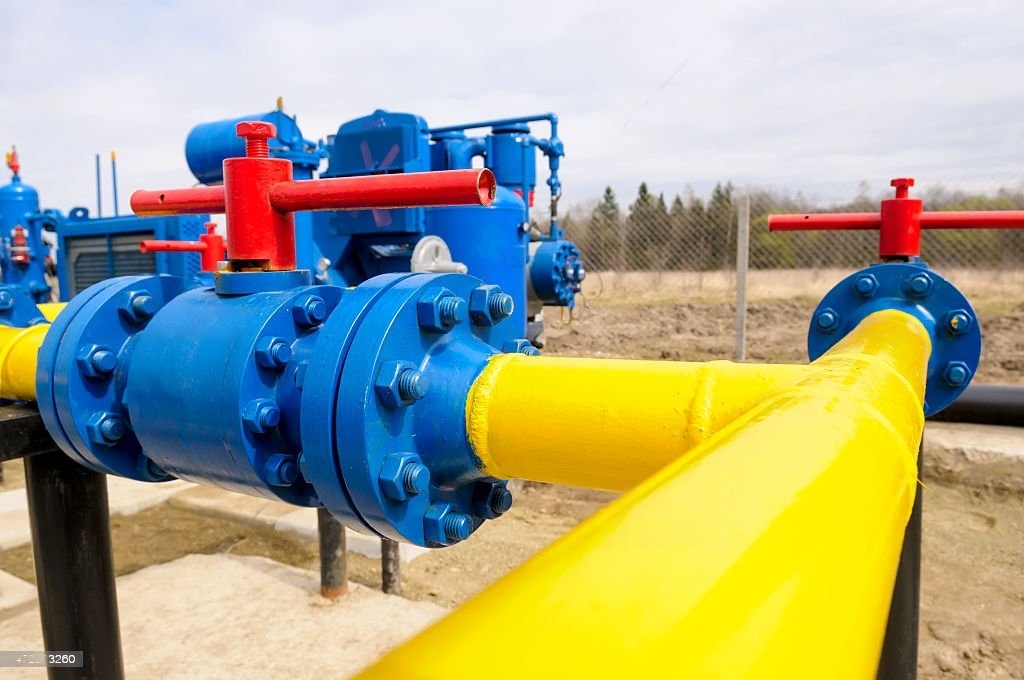What is the difference between a dry transformer and oil transformer?
Dry transformers and oil transformers are both types of transformers used to change the voltage levels of electrical power, but they differ in terms of the insulation and cooling methods employed.
-
Insulation:
-
Dry Transformers: These transformers use solid insulation materials such as epoxy resin, polyester, or silicone to insulate the windings. The absence of liquid insulation makes them "dry" transformers. This design is often preferred in environments where the presence of oil is undesirable, such as indoor installations.
-
Oil Transformers: Also known as oil-immersed transformers, these transformers have windings immersed in an insulating oil, such as mineral oil. The oil provides both insulation and cooling properties. The oil helps dissipate heat generated during transformer operation.
-
-
Cooling Method:
-
Dry Transformers: They rely on natural convection or forced air circulation to dissipate heat generated during operation. The absence of liquid coolant makes them suitable for environments where oil leakage or fire risk is a concern. Dry transformers are often used in indoor applications where the ventilation is sufficient for cooling.
-
Oil Transformers: The oil in these transformers serves as both an insulating medium and a cooling agent. Heat generated during operation is transferred to the oil, and natural convection or, in larger transformers, forced oil circulation, helps dissipate the heat. The oil-immersed design allows for more effective cooling, making them suitable for high-power applications.
-
-
Environmental Considerations:
-
Dry Transformers: They are considered more environmentally friendly as they do not contain oil, which can pose environmental hazards if leaked. Dry transformers are often chosen for applications where environmental concerns are a priority.
-
Oil Transformers: While effective, the use of oil raises environmental concerns due to the possibility of leakage. Efforts are made to contain and manage the oil to prevent environmental damage in the event of a transformer failure.
-
-
Maintenance:
-
Dry Transformers: Generally, they require less maintenance compared to oil transformers. The absence of oil eliminates the need for periodic oil testing and maintenance associated with oil quality.
-
Oil Transformers: Periodic testing and maintenance of the oil are necessary to ensure the transformer's reliability. This includes checking for oil quality, performing insulation tests, and addressing any leaks.
-
The choice between dry and oil transformers depends on various factors such as the application, environmental considerations, safety requirements, and maintenance preferences. Each type has its advantages and is suitable for specific situations.

 CBSC Exam Test
CBSC Exam Test  CBSE Bank
CBSE Bank CBSE EXAM
CBSE EXAM GATE Exam
GATE Exam .png) HPPSC Exam
HPPSC Exam  MP JE EXAM
MP JE EXAM  RRB JE Exam
RRB JE Exam  School Exams
School Exams  (1110 × 300px) (1).png) Class 9 CBSE Board
Class 9 CBSE Board SSC JE EXAMS
SSC JE EXAMS .webp) UPPCL
UPPCL 




Pushpendra
Thanks Sir
Very Nice
Rahul
Nice
Sir bhut frustation ho rha h.. 2 sal se preparation kr rha hu... Bar bar 2-3 no se rah ja rha h
Diksha kumari
Ee
Nice
ROSHANI SONI
Very good
Very good and knowledgeable story